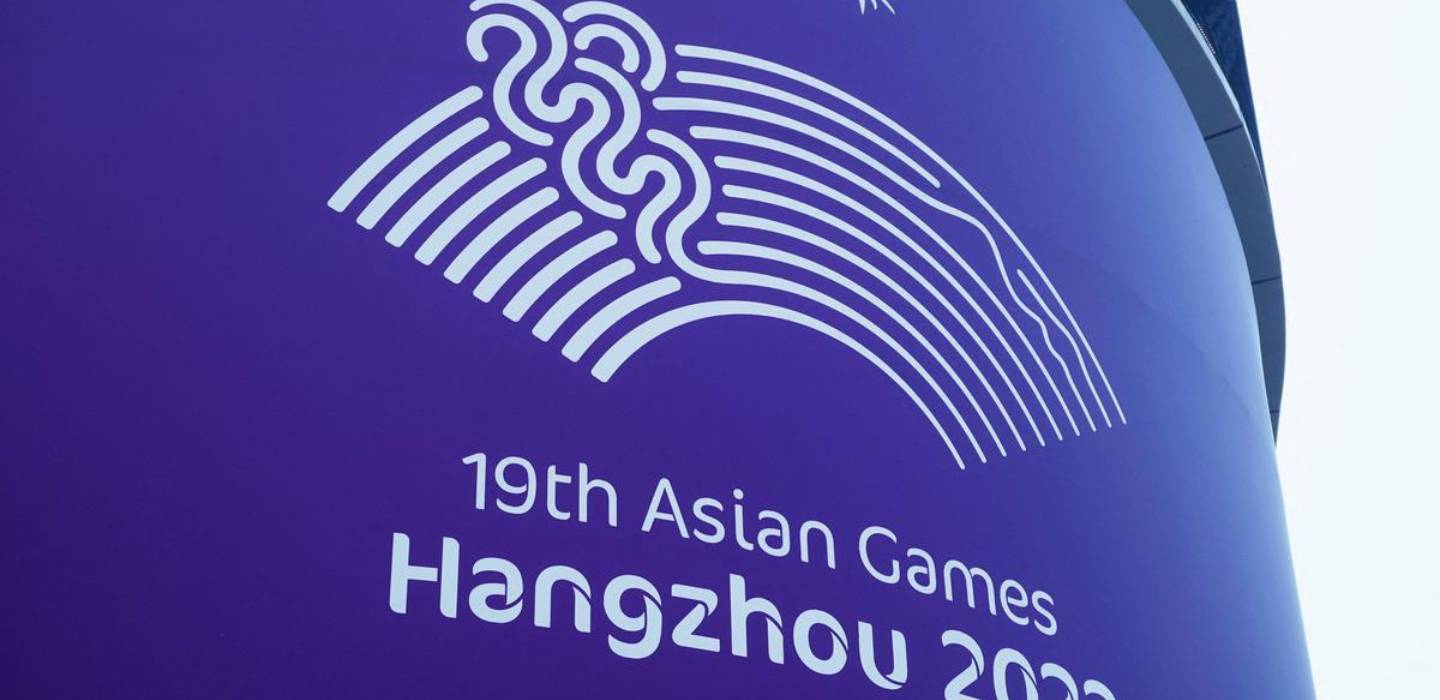
The Asian Games Hangzhou
Sports and Wellbeing
播放影片
Hangzhou, China, is commonly known for its fast-growing economy and as the location of where massive well-known companies like Alibaba Group and Geely Holding Group are headquartered.
But this year, Hangzhou will also become the host city for the 19th Asian Games. Additionally, Ningbo, Wenzhou, Huzhou, Shaoxing and Jinhua will serve as the co-host cities. The Games will have 40 different sports in 61 disciplines, with 483 gold medals to be awarded. E-sports and breakdancing will also make their debut at the Asian Games for the first time this year.
The Hangzhou Asian Games will be embracing a theme of “Green, Smart, Economical, and Ethical.” With a strong commitment to sustainability, “Green” is an important aspect of the event, and organizers have turned this commitment into a reality in the construction of the major competition venues.
The stadium and the aquatic sports arena of the Hangzhou Olympic Sports Centre have more than 200 sunlight conduits, which help natural light pour into the venues from the top, and could save more than 30% in energy consumption.
Another venue featuring the low-carbon concept is the Fuyang Water Sports Centre. The rooftop greenery is as high as 45%, and the green plants could help the indoor spaces to
be cool in the summer and warm in the winter, without excessive energy consumption. This will help achieve the dual goals of being low carbon and conserving energy.
The Asian Games will be an unprecedented opportunity to showcase to the world the
unique charms of Hangzhou as well as the regions south of the Yangtze River. The medal of the games is called Hu Shan, featuring the ceremonial jade Cong2, which is significant in the Liangzhu culture. The square-shaped jade is truly unique and highly recognizable. The medal features aspects of the culture in the regions south of the Yangtze, and presents the mountain-water landscape of Hangzhou.
The mascots of the Games are three robots named Congcong, Chenchen, and Lianlian, which seek to reflect the city’s modernity, vibrancy, and cultural and geographic traits.The patterns on the head of Congcong represent the landmark symbols of the archaeological ruins of the Liangzhu City. The name Chenchen derives from the Gongchen Bridge on the Beijing-Hangzhou Grand Canal, which has been inscribed on the World Heritage List, and its headgear shows the forms of the Qiantang River tides.
Lianlian represents the West Lake, another World Heritage site. Its name derives from the lake’s endless lush lotus leaves, with its headgear shaped like a lotus leaf to represent the Three Pools Mirroring the Moon, a scenic view of the West Lake.
Not only are visitors and spectators able to enjoy the excitement of the games, but they can also experience the traditional culture and booming economy of Hangzhou, China.
